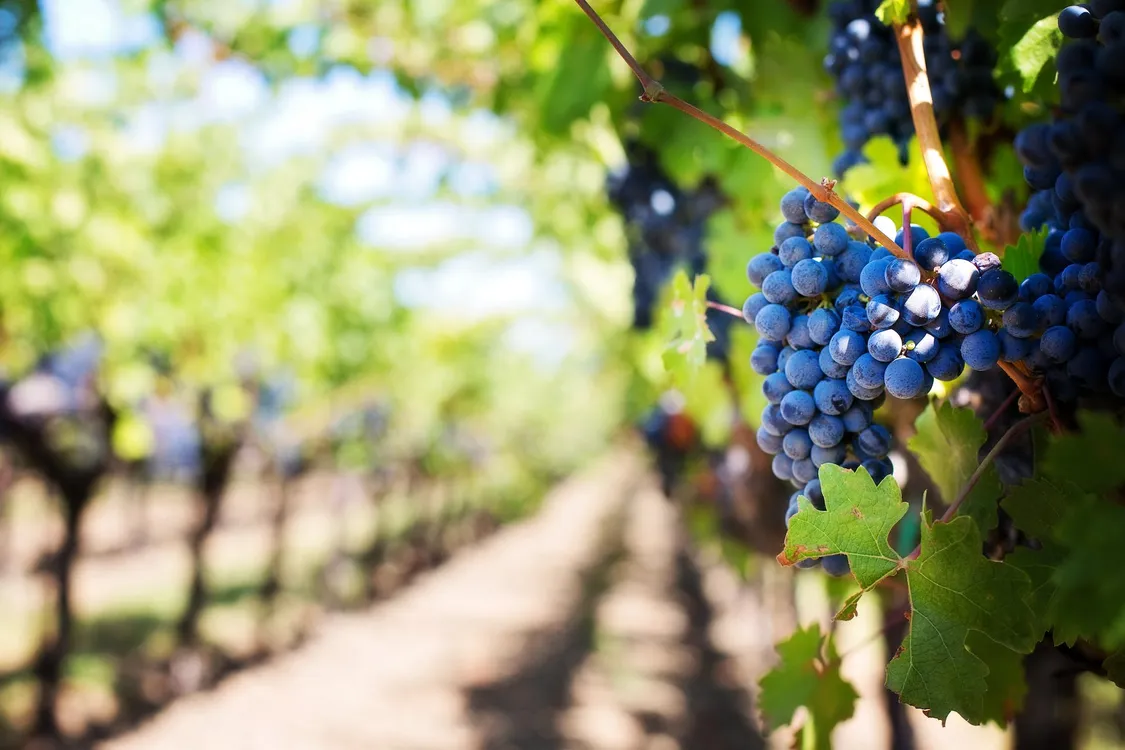Barolo vs Nebbiolo: Exploring the Differences Between Two Great Piedmont Wines

Barolo and Nebbiolo are two excellent wines from the Piedmont region in Italy, both made using the Nebbiolo grape as the main variety. However, despite sharing the same grape, they exhibit notable differences that make them unique. In this article, we will explore the distinctive characteristics of Barolo and Nebbiolo, their differences, and why both deserve a place of honor on every wine enthusiast’s table.
Barolo: The King of Wines
Known as the “King of Wines” or the “Wine of Kings,” Barolo is one of Italy’s most renowned and appreciated wines globally. It is exclusively produced in the hills of the Langhe, in the heart of Piedmont, and the grapes used must come from the municipalities of Barolo, Castiglione Falletto, Serralunga d’Alba, and other nearby areas.
Characteristics of Barolo
Nebbiolo Grape: Barolo is primarily produced using Nebbiolo grapes, a variety known for its high tannin and acidity levels, as well as its complex and intense aromas of berries, roses, and spices.
Aging: Barolo is known for its exceptional aging potential. It is often aged in wooden barrels for at least two years and then left to mature in the bottle for at least another year. Some Barolos can be aged for decades, developing further complexity and smoothness.
Structure and Tannins: Barolo is a full-bodied and tannic wine with a robust structure that requires aging to soften and round out. The tannins in Barolo can be intense, imparting a note of youthful astringency.
Terroir Expression: Barolo is a wine that exceptionally expresses the terroir of the Langhe. Different municipalities and vineyards produce Barolo with unique characteristics, reflecting the specific soil and climate conditions of each area.
Nebbiolo: The “Noble” Piedmontese Grape
The Nebbiolo grape variety is often referred to as the “noble” Piedmontese grape, as it forms the basis of some of the finest Italian wines. In addition to Barolo, it is used to produce other great wines, including Barbaresco, Gattinara, and Ghemme.
Characteristics of Nebbiolo
Intense Aromas: Nebbiolo grapes produce wines with an intense and complex aromatic bouquet, featuring notes of berries, cherries, dried flowers, tobacco, and spices.
High Acidity: Nebbiolo wines are known for their high acidity, contributing to their freshness and liveliness.
Tannins: Nebbiolo is also characterized by high tannins, giving it a robust structure. However, Nebbiolo’s tannins tend to be softer and silkier compared to those of Barolo.
Aging: While Nebbiolo has good aging potential, it is usually ready for consumption earlier than Barolo. Some Nebbiolos can be enjoyed even when young, but high-quality ones can age beautifully for many years.
Differences Between Barolo and Nebbiolo
The main differences between Barolo and Nebbiolo include:
Production Zone: Barolo is specifically produced in the Barolo area, while Nebbiolo can be used to produce wines in different areas of Piedmont.
Structure and Tannins: Barolo has a more robust structure and more intense tannins compared to Nebbiolo.
Aging: Barolo has greater aging potential and requires more time in the bottle to reach its maximum expression, while some Nebbiolos can be enjoyed at a younger age.
Terroir Expression: Since Barolo is produced in a restricted geographical area, it more distinctly reflects the terroir characteristics of the Langhe, while Nebbiolo produced in different areas can significantly differ in terms of style and character.
Conclusion
In conclusion, both Barolo and Nebbiolo are extraordinary wines representing the excellence of Piedmont. Barolo, with its imposing structure and exceptional aging potential, is the king of Piedmontese wines. On the other hand, Nebbiolo is a versatile grape producing aromatic, fresh wines with an elegant structure. Both deserve a special place on every wine enthusiast’s table, offering a myriad of sensory experiences and an unforgettable journey into the heart of Piedmont.
